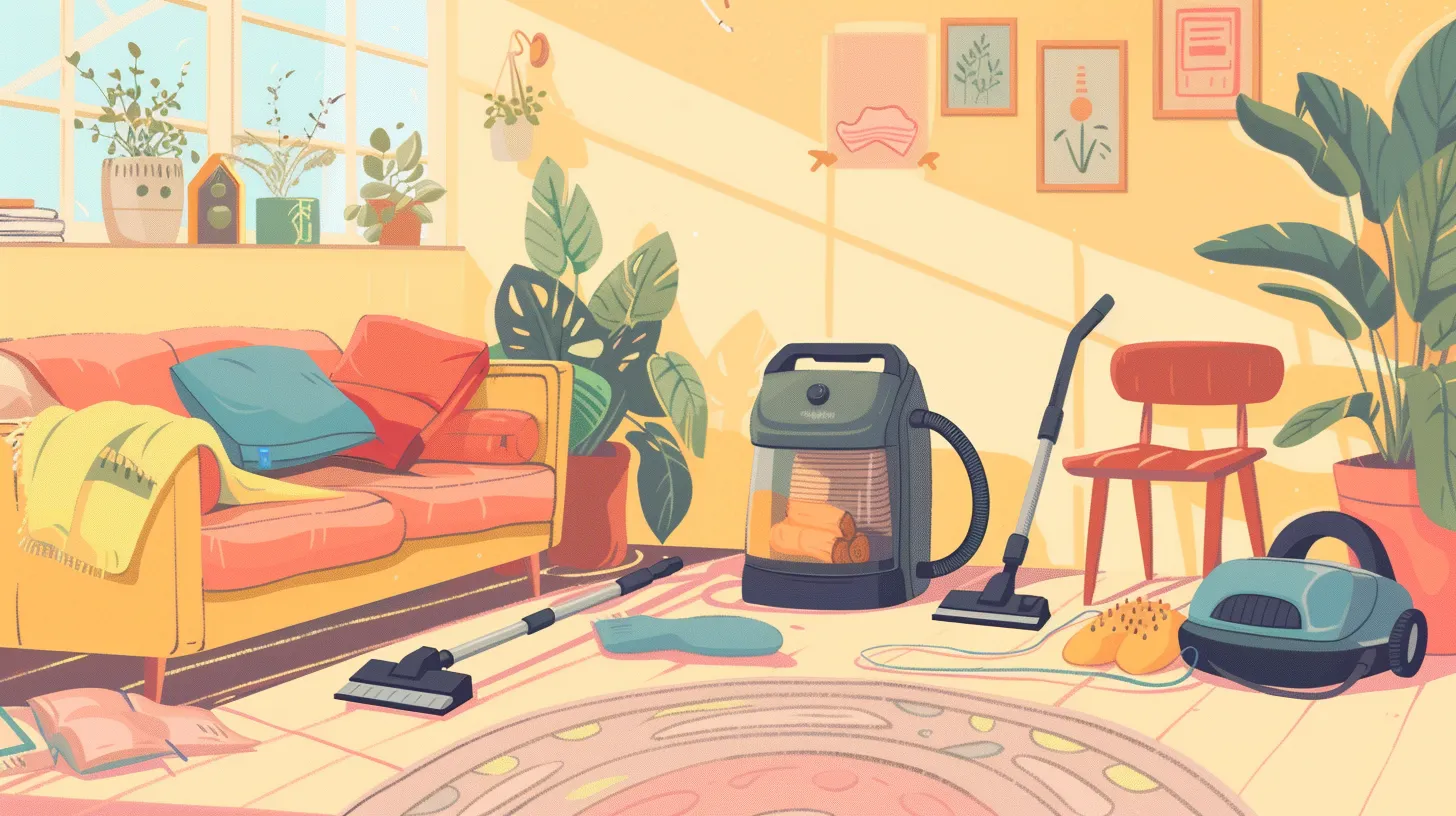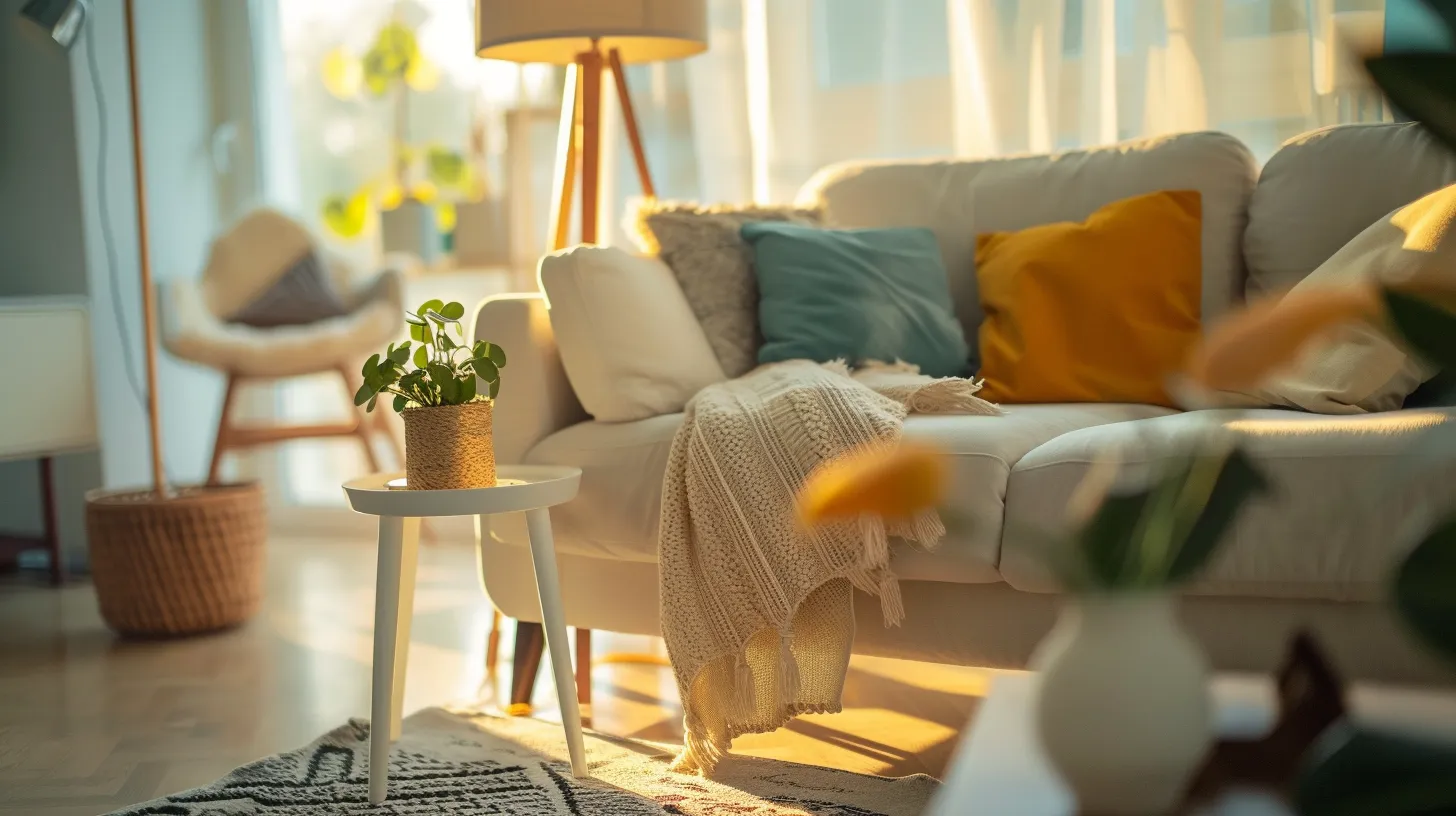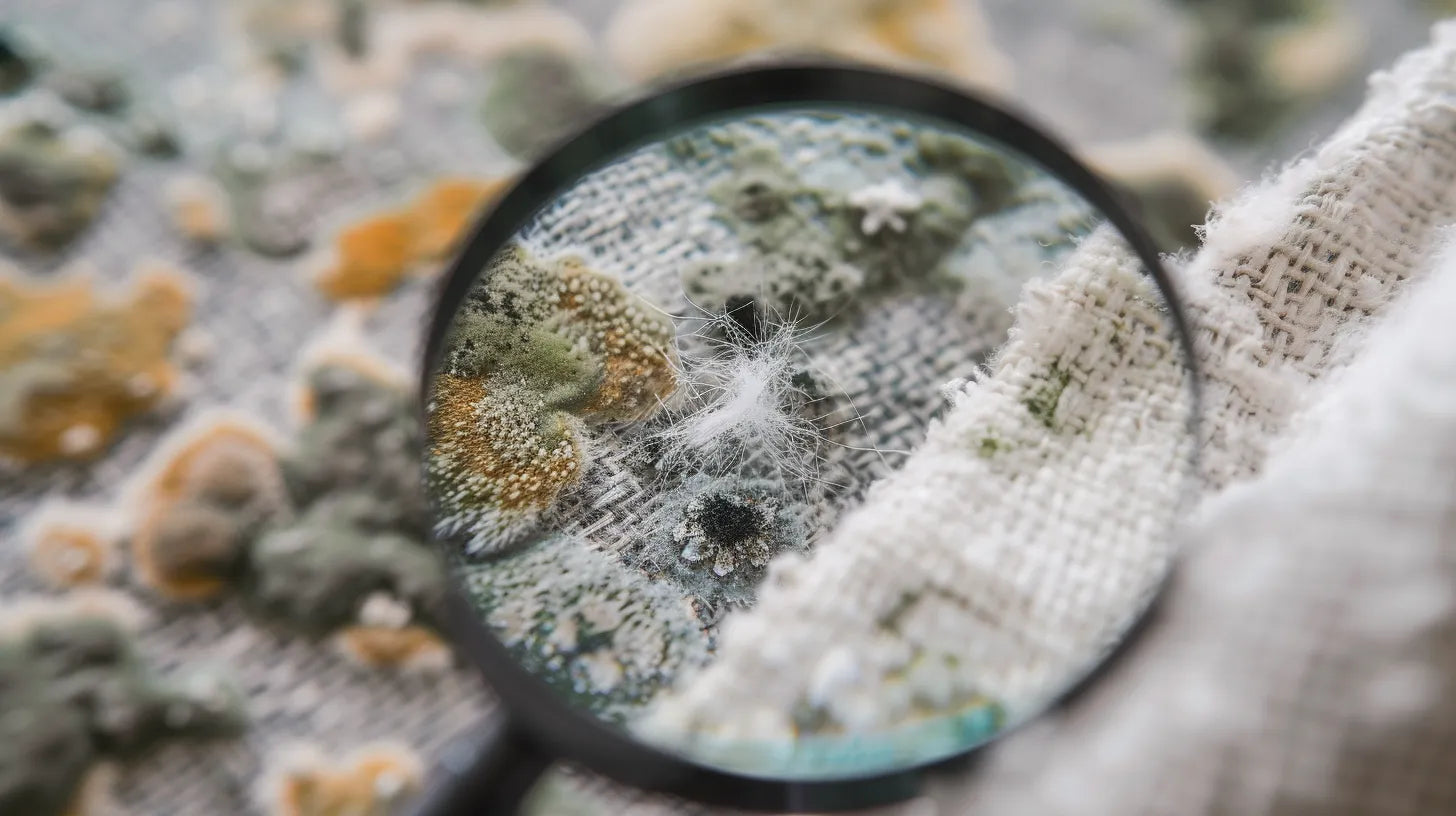The presence of mold on fabric furniture not only detracts from the aesthetic appeal but also poses serious health risks, making its removal imperative for maintaining a healthy living environment.
While options such as white vinegar and a 3% solution of hydrogen peroxide offer effective natural solutions, the process of mold removal extends beyond the application of these substances.
Before initiating the cleaning process, it is crucial to understand the type of mold one is dealing with and to undertake appropriate pre-cleaning preparations to ensure the safety of both the furniture and the individual.
Moreover, in instances where the furniture is heavily damaged or of significant value, professional intervention may be more appropriate.
As we explore the steps involved in effectively removing mold from fabric furniture, it becomes evident that a comprehensive approach, encompassing everything from identification to post-cleaning care, is essential for achieving the desired outcome.
Identifying Mold Types
Before you begin the process of removing mold from fabric furniture, it is crucial to accurately identify the type of mold present, as different types may require specific cleaning approaches. Mold and mildew, though often used interchangeably, are not the same and identifying mold types is the first step towards effective eradication. Mold, a type of fungus, thrives in damp, warm environments and can appear on fabric and upholstery, presenting a significant threat to your health.
Understanding whether you're dealing with mold or mildew is vital as it influences the cleaning method to kill mold effectively and prevent future mold growth. Mold typically exhibits a fuzzy appearance and can be black, green, red, or blue, whereas mildew is usually powdery and white or gray. Identifying the affected area and the type of mold present is essential to choose the right cleaning agents and techniques.
This differentiation is not just academic; it's a practical necessity for homeowners seeking to maintain their homes' health and cleanliness. Failure to accurately identify and address the specific type of mold can lead to ineffective cleaning and potentially exacerbate the problem.
Pre-Cleaning Preparations

Having identified the type of mold present on your fabric furniture, the next crucial step involves preparing for the cleaning process with safety and effectiveness in mind. Pre-cleaning preparations are essential to ensure that you remove the mold thoroughly without spreading spores or damaging the furniture.
Begin by donning protective gear, including gloves, a mask or respirator, and clothing that covers your arms and legs to shield yourself from mold exposure.
Next, use a broom to gently sweep away any loose mold from the surface. For a more thorough clean, attach a brush attachment to a vacuum with a filter or bagless vacuum, carefully removing visible mold and mildew particles from the fabric. This step helps in reducing the amount of mold you'll have to deal with during the wet cleaning process.
Prepare a cleaning solution by mixing equal parts of white vinegar and water in a spray bottle. Before applying this solution to the entire affected area, conduct a spot test on a hidden section of the upholstery to ensure it doesn't cause discoloration or damage.
Natural Cleaning Solutions

Natural cleaning solutions, such as a mixture of white vinegar and water, offer an effective and eco-friendly way to tackle mold on fabric furniture. Utilizing household items can make the removal process safer for both the environment and your home. The use of white vinegar, not only disinfects but also deodorizes without leaving harmful residues.
Here are some natural cleaning solutions for mold removal:
- White Vinegar and Water
- Mix equal parts of white vinegar and water in a spray bottle.
- Sub-list:
- Spray liberally on the moldy area.
-
Allow to air dry or dry in the sunlight for added mold-killing efficacy.
-
Hydrogen Peroxide or Rubbing Alcohol
- Use either hydrogen peroxide or make a solution of water and rubbing alcohol in equal parts.
- Sub-list:
- Apply the cleaning solution directly to the mold spots using a spray bottle.
- Let it sit for a few minutes before blotting dry. For tougher mold, allow it to air dry.
These natural cleaning solutions not only safely combat mold but also help in preventing its future growth. Always test a small, inconspicuous area first to ensure the cleaning solution does not discolor the fabric.
Applying Chemical Cleaners

While natural cleaning solutions offer an eco-friendly approach to mold removal, for more persistent mold infestations on fabric furniture, applying chemical cleaners can provide a more robust solution. These cleaners, often containing sodium hypochlorite, are designed to kill the mold effectively and remove it from fabric furniture. Before using these potent solutions, it's crucial to follow the instructions on the chemical cleaner label for proper application and safety precautions.
Testing the chemical cleaner on a small, inconspicuous part of the furniture is vital to ensure it doesn't harm the fabric. Once safety is confirmed, apply the cleaner directly to the mold-affected areas and let it sit as recommended. The cleaning process involves a careful application of the solution, usually diluted with parts of water to mitigate damage to the fabric.
After allowing the solution to work its magic, thoroughly rinse and dry the upholstery to remove any chemical residues, ensuring the fabric is clean and mold-free. Opting for a fabric-specific chemical cleaner during the Upholstery Cleaning process can further ensure that the method is both effective against mold and safe for the fabric furniture.
Post-Cleaning Care

Upon successfully removing mold from fabric furniture, implementing post-cleaning care measures is crucial to prevent future infestations. This involves a few essential steps designed to not only remove the mold but also to safeguard your furniture from recurring mold issues.
By adhering to these guidelines, you can maintain a clean, healthy environment that discourages mold growth.
- Ensure Thorough Drying:
- Air out the fabric furniture in a well-ventilated area or use a dehumidifier to ensure it is completely dry.
-
On a sunny day, placing the furniture outside can expedite the drying process and prevent mold spores from regrowing.
-
Regular Maintenance:
- Regularly vacuum the fabric furniture using a vacuum cleaner with a fresh bag. Immediately discard the vacuum bag after cleaning to prevent mold spores from escaping back into your home.
- Clean the fabric with professional upholstery cleaners designed for mold remediation to effectively clean mold and protect the furniture.
- Apply a mold-resistant treatment to the fabric to provide long-term protection against mold growth.
- Monitor the fabric furniture regularly for any signs of mold and address it promptly to prevent it from spreading and necessitating another round of mold removal from upholstery.










